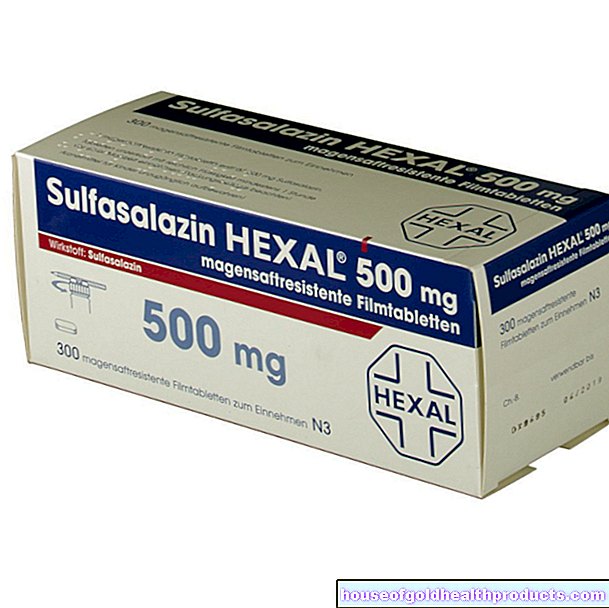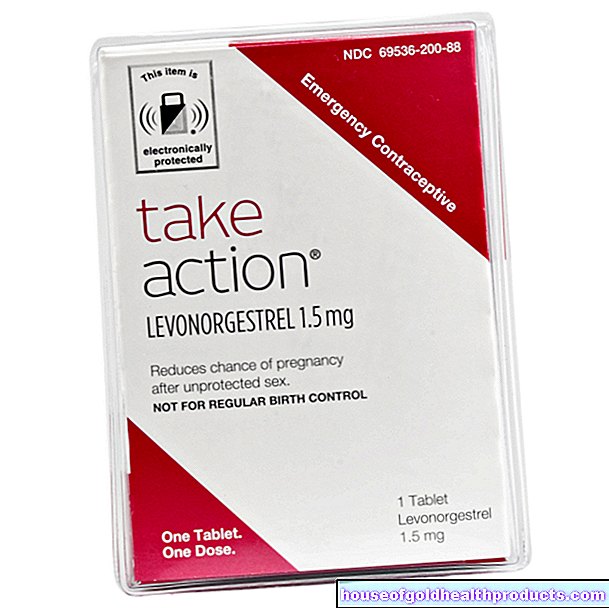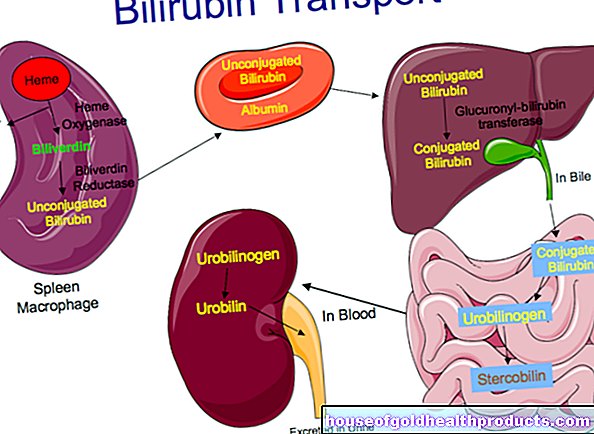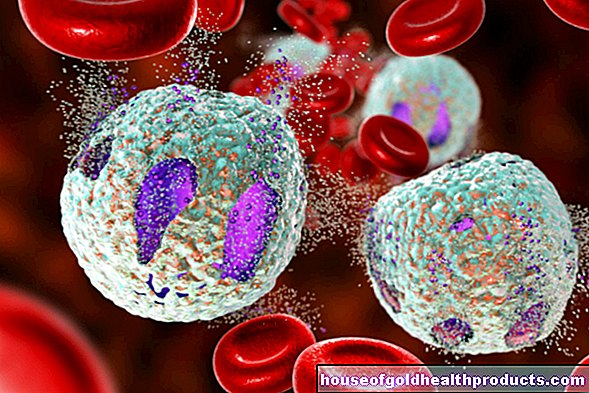Dressing Change: Tips
All content is checked by medical journalists.Changing the dressing is an important part of hygienic wound care. After the initial treatment, the first dressing change should take place after 24 to 48 hours at the earliest. In the case of complicated or chronic wounds, either the doctor or the nursing staff should do this. However, you can re-bandage simple wounds yourself at home. Here are some helpful tips on changing dressings.

Dressing change: how do I remove the old dressing?
Before changing the bandage, wash your hands thoroughly and then use a hand disinfectant. You should also wear sterile gloves to avoid infection. Then carefully pull the plaster strips off the skin - avoid tearing them off quickly. Older people in particular often have thin and very sensitive skin, which can easily tear open when old plasters are forcibly removed.
Help - bandage sticks to wound!
In the case of a weeping wound, it often happens that it sticks to the dressing material. This makes removing the old compress very painful. In this case, it is advisable to soak the bonded bandage with a medical rinsing solution (for example 0.9 percent saline solution) until it is softened and can be easily removed. Under no circumstances should you try to forcefully tear the bandage off despite the pain!
How do I clean the wound when changing the dressing?
If the wound is clean, you naturally want to prevent germs from entering when the dressing is changed. It is therefore referred to as an aseptic dressing change. Careful cleaning and disinfection of the wound is essential. So after you have removed the old bandage, use a sterile compress and saline solution to carefully remove old remnants of ointment and dried blood. Avoid rubbing the wound as you do this - you may destroy newly formed tissue and the wound will heal more slowly.
If you want to treat a purulent wound, the wound should be freshly bandaged every day and particularly carefully rinsed. If necessary, the doctor will prescribe an antiseptic rinsing solution or an ointment containing antibiotics to combat germs in the wound. Use them exactly as recommended by your doctor.
The new association
Once the wound has been cleaned, you can dab off the rinsing solution with a sterile compress and, if necessary, apply ointments. Then put a sterile compress or a sufficiently large sterile plaster on the wound so that the adhesive strips are not directly on the wound. To make personal hygiene easier, you can stick a water-repellent plaster on so that neither water nor soap can get into the healing wound when you shower.
If you notice when changing the dressing that the skin is irritated by the plaster strips, you can apply a pH-neutral or urea-containing cream to the area around the wound.
Tags: teeth alternative medicine sex partnership























.jpg)





